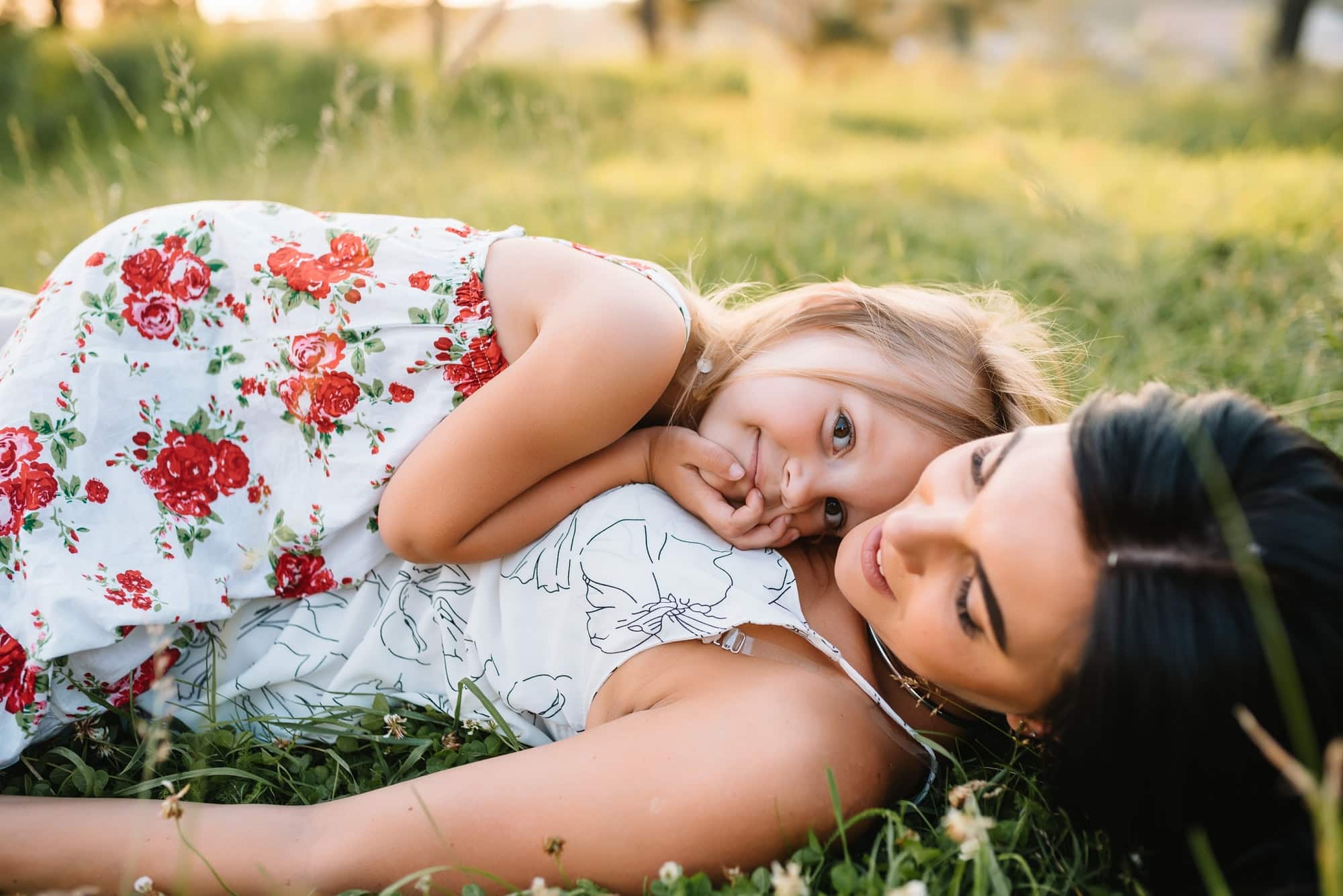How to prevent resource guarding in a multi-pet household with different species?

There’s something inherently enriching about a multi-species household. With cats lounging on windowsills, dogs chasing their tails in the backyard, and perhaps a parrot squawking cheerfully from its perch, your home becomes a delightful ensemble of diverse personalities. However, managing such an assortment of pets can bring about unique challenges, among which resource guarding stands as a common issue.
Resource guarding is when a pet becomes overly protective of its food, toys, space, or even members of the household. In a multi-pet environment, this behavior can lead to tension, fights, and, in some cases, serious aggression. Fortunately, with understanding, patience, and the right training techniques, you can prevent such problematic behaviors.
Also read : What’s the best approach to teaching a dog scent tracking for search operations?
Recognizing Resource Guarding
Before you can address resource guarding, it’s essential to recognize what it looks like. Beyond the classic growling over a food bowl, resource guarding can manifest in various subtle ways across different species.
Dogs, for instance, might show signs of discomfort, such as stiffening, baring teeth, or a hard stare when another pet approaches their valued resources. Cats, on the other hand, might display resource guarding by blocking access to litter boxes or favorite lounging spots. Even birds might exhibit territorial behaviors around their cages.
Also to see : What’s the most effective way to care for a pet with diabetes during travel?
The key here is to be observant and proactive. Understand that resource guarding is a natural instinct for many animals, stemming from their ancestral need to protect what’s valuable for their survival. Hence, don’t mistake it for mere bad behavior. It’s a sign that your pet feels threatened, and it’s your responsibility to help them feel secure in sharing their space.
The Role of Training
Training plays a crucial part in managing resource guarding. This is even more essential in a multi-species household where pets may not speak the same ‘language’.
For dogs, the AKC (American Kennel Club) recommends a method called ‘counter-conditioning’. This involves changing your dog’s response to the perceived threat, from aggression to something positive. For instance, if your dog becomes aggressive when another pet approaches while it’s eating, you could start by approaching with a treat. Over time, the dog will associate the approach of another pet with a positive outcome, thus reducing its guarding behavior.
With cats or birds, the approach might be different, given their unique behaviors. But the underlying principle remains the same – create positive associations and reward sharing behavior.
Setting Boundaries in a Multi-Pet Household
Maintaining clear boundaries is another effective way to prevent resource guarding in a multi-pet household. This means providing each pet with its own designated space, food bowl, and toys.
By doing so, you acknowledge your pets’ natural territorial instincts while ensuring that they don’t feel threatened. It also helps reduce competition for resources, which is a common trigger for aggressive behaviors.
Moreover, it’s important to supervise your pets during meal times and playtimes, at least initially. This will help you spot potential issues before they escalate and step in if needed. Over time, this level of supervision might lessen as your pets learn to coexist peacefully.
The Importance of Socialization
Socialization is arguably one of the most effective tools to prevent resource guarding, especially in a multi-species household. This involves exposing your pets to different species, situations and environments at a young age, so they learn to be comfortable around them.
For instance, a dog that’s used to being around cats from a young age will be less likely to view a feline companion as a threat. Similarly, a cat that’s used to sharing its space with other animals might be less inclined to guard its resources.
Remember, socialization should be a gradual and positive process. Don’t force interactions, but rather, let your pets explore their multi-species home at their own pace.
When to Seek Professional Help
While the above strategies can significantly help manage resource guarding, there may be times when professional intervention becomes necessary. If your pet’s behavior becomes increasingly aggressive, or if you’re unsure about how to implement the training techniques, don’t hesitate to seek help from a professional pet behaviorist or a trusted vet. These experts can provide personalized guidance considering your pet’s unique temperament, breed, and history.
Remember, resource guarding is not a sign of a ‘bad’ pet. It’s a natural behavior that can be managed with understanding, patience, and the right strategies. The aim is to create an environment where all your pets feel secure and valued, thereby fostering harmony in your multi-species household.
Developing a Consistent Routine
Developing a consistent routine is another effective method of preventing resource guarding within a multi-pet household. Animals, much like humans, find comfort in predictability. Knowing when to expect their meals, playtime, and rest can greatly reduce anxiety and territorial behaviors.
Start by establishing a feeding schedule. Feed your pets at the same times each day, ensuring they each have their own space and bowl. This helps minimize competition and reduces the likelihood of guarding behavior. If possible, feed your pets in separate rooms or at least ensure they cannot see each other during meal times. This can prevent any one pet from feeling threatened or rushed, reducing the likelihood of fights over food.
Playtime and exercise should also follow a routine. Multiple dogs in the household can greatly benefit from regular walks and play sessions. However, it’s equally important to dedicate time for individual play. This allows each pet to enjoy their favorite toys without feeling the need to guard them from others.
Implement a consistent sleeping arrangement as well. Each pet should have its own designated sleeping spot – whether it’s a dog bed, a cat perch, or a birdcage. Ensuring each pet has its own safe and undisturbed space will help minimize resource guarding.
Finally, consistent training is vital in preventing resource guarding. Regular training sessions that involve positive reinforcement can go a long way in correcting guarding behavior. Always reward your pets for good behavior and gently correct them when they show signs of guarding. Over time, your pets will learn that sharing resources leads to positive outcomes.
Conclusion: Fostering Harmony in a Multi-Species Household
In conclusion, preventing resource guarding in a multi-species household involves a multi-faceted approach that blends understanding, training, boundary setting, socialization, routine building, and sometimes professional guidance. It’s about fostering an environment in which each pet feels secure, valued, and comfortable in sharing resources.
Remember, resource guarding is a natural instinct born out of survival. It’s not indicative of your pet being ‘bad’ or ‘aggressive’. Instead, it signifies a sense of insecurity that can be reversed with the right strategies.
From recognizing the signs of resource guarding to employing effective dog-training techniques, setting clear boundaries to encouraging socialization, each step plays a critical role. But more than anything, patience and consistency are key. You are dealing with diverse species, each with their own set of instincts and behaviors. It’s a journey that requires time, effort, and a whole lot of love.
But don’t be disheartened. The joy of watching your multi-species household coexist peacefully, sharing their space and resources harmoniously, makes it all worth it. Plus, remember, if things get too challenging, professional pet behaviorists and vets are always there to help.
So, embrace the diverse personalities that make your household vibrant, and celebrate the enriching experience that a multi-species household offers. After all, it’s not every day you get to witness the delightful ensemble of dogs, cats, and perhaps even a cheerful parrot, living together under one roof!
